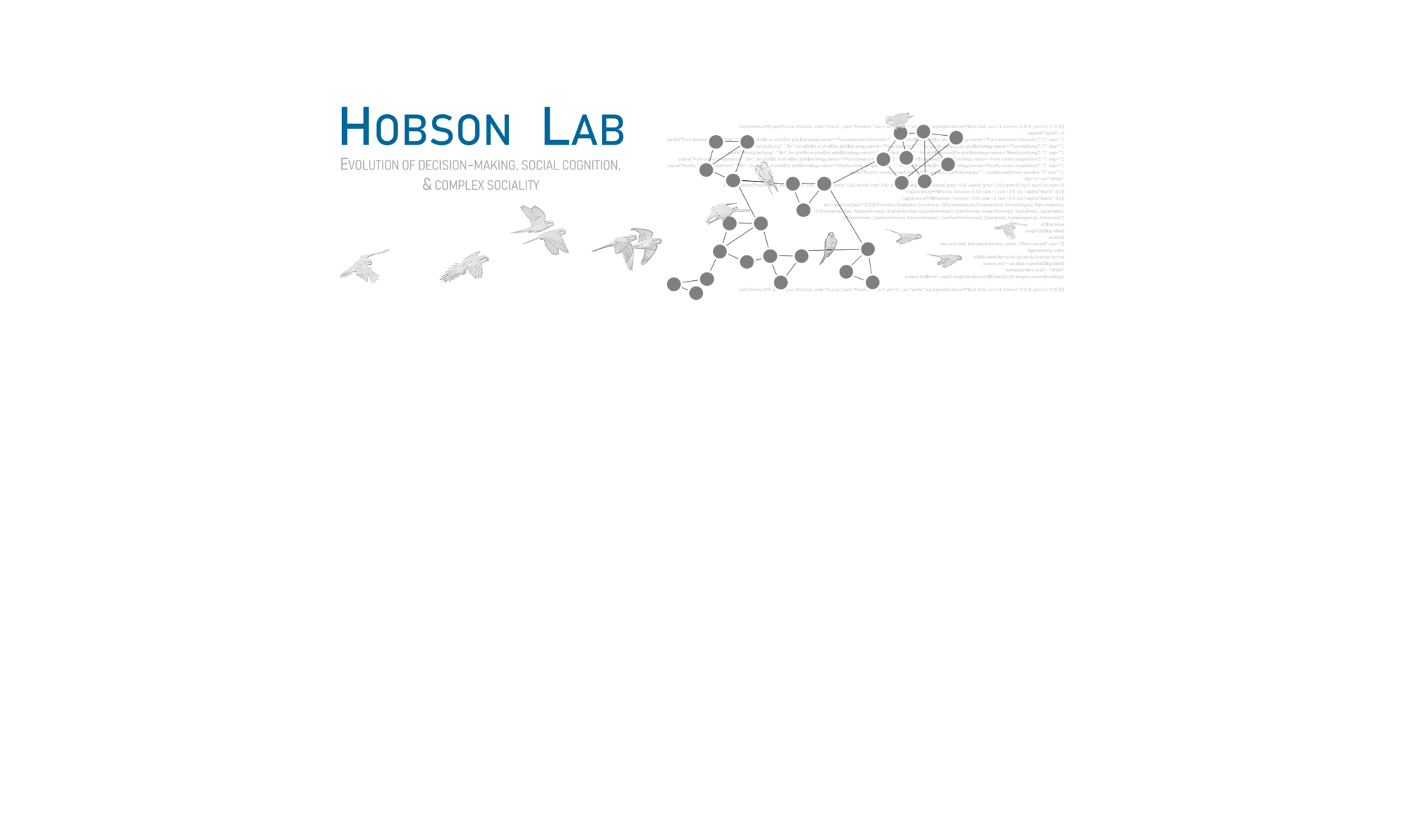Santa Fe Institute’s press team put together a nice press release about our recent paper on audience effects. See full press release here (or below)
The paper is available here
Paper: To better understand animals, borrow from human language research
JANUARY 20TH, 2017
Humans have a remarkable ability to tailor our speech to our audience. In many cases, these changes can improve communication. For example, humans often change their speaking voices to a higher-pitched “baby talk” when communicating with their young or their pets, and this higher pitch serves to attract and maintain the recipient’s attention.
Animals can also adjust their communication based on their audience, but scientists have only a basic understanding of how they do so. A new paper published in the journal Animal Behavior calls for further study of this “audience effect” across (non-human) animal species, by going beyond simple behavioral metrics and instead analyzing animal signals using methods similar to those used in human language research.
Previous studies of animal communication have focused on how audience composition affects the rate of signaling, like how fast a bird tweets or how quickly it signals about a predator, depending on the composition of the audience.
“Through discussions with colleagues, I started seeing differences in how we approach questions of communicating to different audiences when studying non-human animals, versus how we approach the same questions in humans,” says Brittany Coppinger, the study’s lead author. Coppinger is pursuing her Ph.D. in psychology at the University of Tennessee, Knoxville. “For animals, we’re asking how the rate of the signal changes, but for humans we’re measuring more fine-grained acoustic changes to a signal. Why are these approaches so different?” Coppinger and her coauthors argue that in order to understand audience effects in animals, researchers need to analyze “the fine acoustic structure of signals”— the same approach used to analyze human communication.
“We’ve seen that animals can change some aspects of their communication depending on who’s in the audience,” explains ASU-SFI Center postdoctoral fellow Elizabeth Hobson. “If we can find more evidence for that in animals, what I think is really exciting is that it can show us not just that the animal is responsive to the audience, but that it may be intentionally responsive. Then we can start to experiment to see how animals cognitively process audience composition and respond accordingly.”
Read the paper in Animal Behavior (January 19, 2017)
NEWS MEDIA CONTACT
Jenna Marshall
Manager of Communications
marshall@santafe.edu
505-946-2798 (desk)




